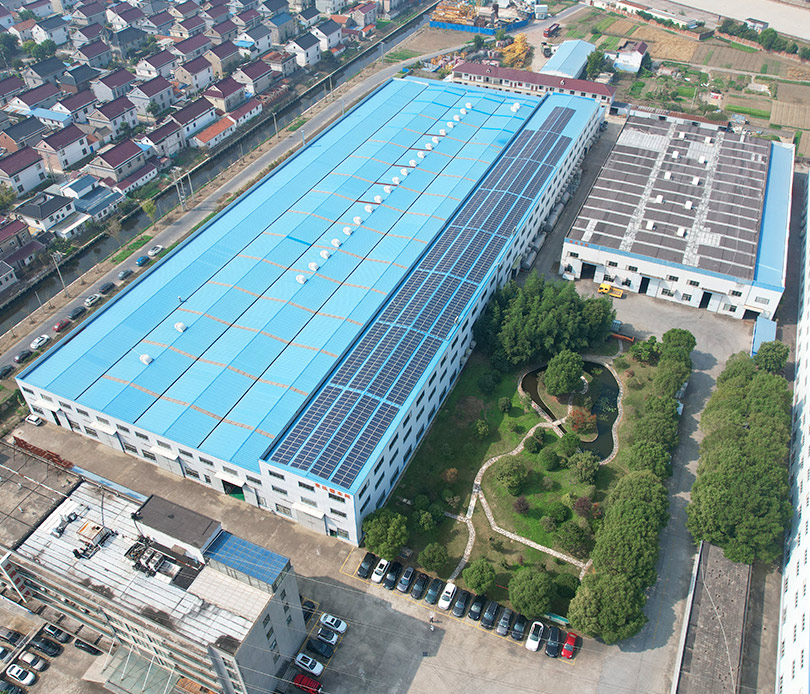Energy Storage Substation
An energy storage box substation is a substation that integrates a traditional substation and energy storage system in a box. It is mainly composed of...
An energy storage box substation is a substation that integrates a traditional substation and energy storage system in a box. It is mainly composed of...
Jiangsu Beichen Hubang Electric Power Co., Ltd. is a professional manufacturer with 16 years of transformer manufacturing experience.
Our company is a professional China Energy Storage Substation Factory and Energy Storage Substation Company. In order to better respond to the market situation, vigorously invest in silicon steel production projects, as the upstream product of transformers, silicon steel production and manufacturing project Silicon steel production and manufacturing project will be completed in two phases, the of the project has been tested in March 2022, to achieve an annual output of 25,000 tons of silicon steel, the second phase of the project will cooperate with Wisco to develop more high-end brands, silicon steel production capacity is expected to reach 80,000 tons. After the full volume of the project, the transformer industry will achieve a larger scale and achieve a stronger competitive advantage with the high-quality development of the manufacturing industry. Secondly, our company has developed a core intelligent stacking machine after three years to improve the quality and efficiency of iron core stacking. Last year, our company introduced the industrial precision welding robot arm to improve the welding process of transformer oil tank and complete the welding work of transformer oil tank with high quality and quantity.
Finally, Hubang Power's new factory intelligent workshop will be ready to put into operation in 2024, to achieve the full line of intelligent production of transformers as much as possible, which will greatly improve the efficiency of transformer products and increase the quality of related products.

We’re a reliable partner that shapes our expertise into success for your project.
The maximum operating voltage of the wind power combination transformer is 40.5 kV, which can adapt to the application e...
READ MOREThe no-load current percentage of the oil-immersed transformer is 0.80%. No-load current refers to the magnitude of the ...
READ MOREPhotovoltaic Combined Transformer (PCT) is a kind of power equipment specially designed for photovoltaic power generatio...
READ MOREWind power substation is a key component of wind power generation system, which is used to collect, convert and transmit...
READ MORE